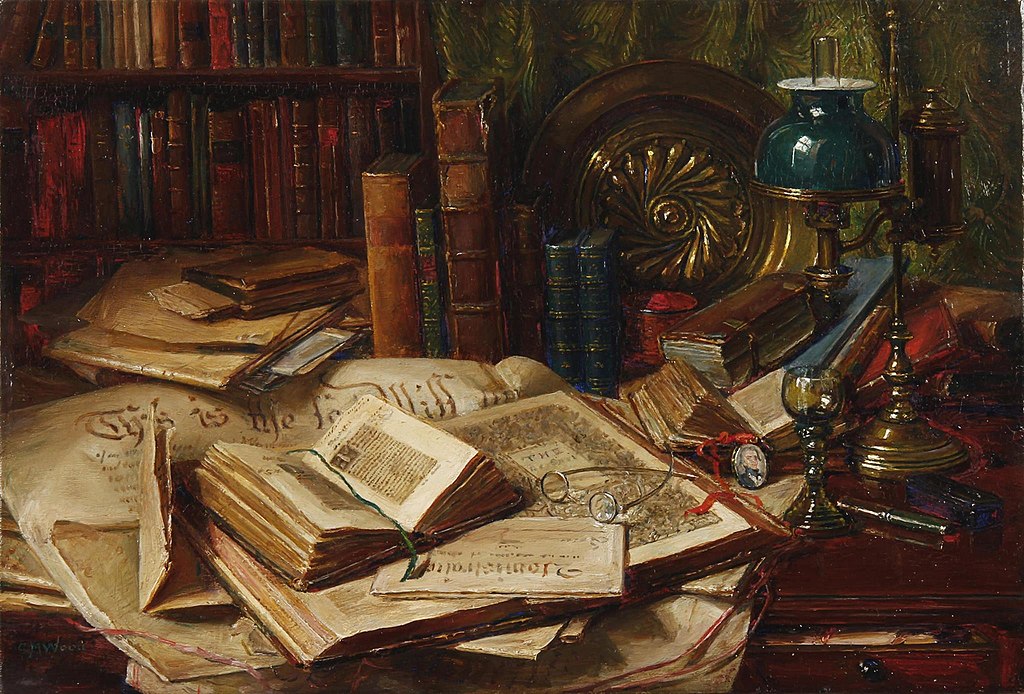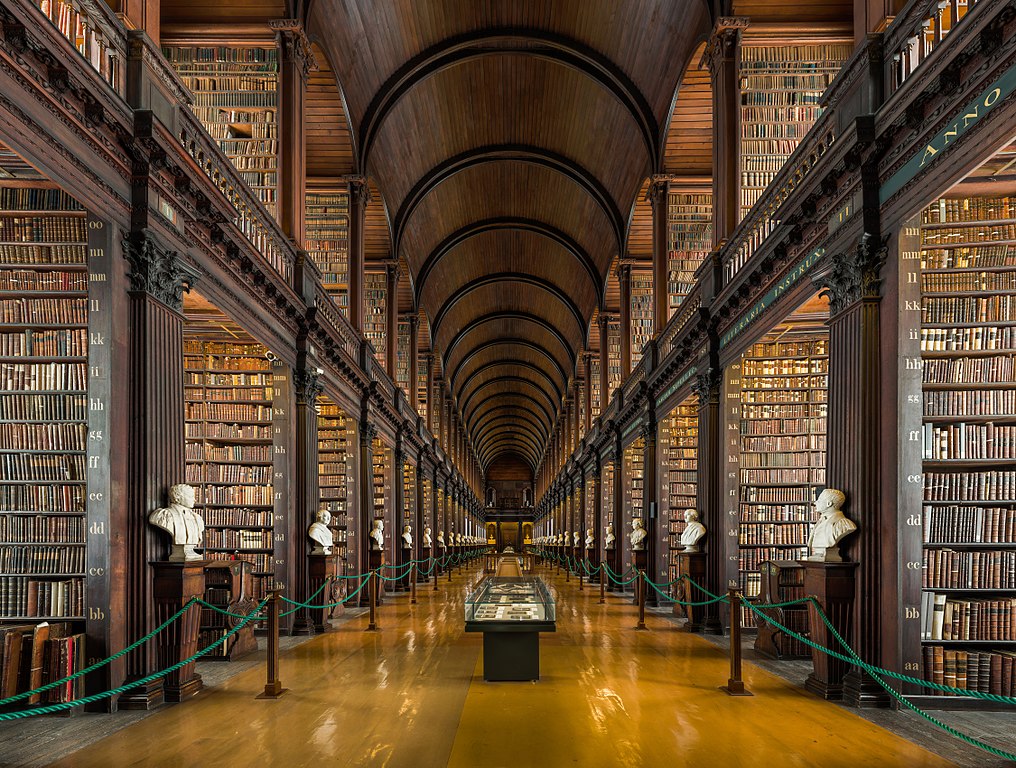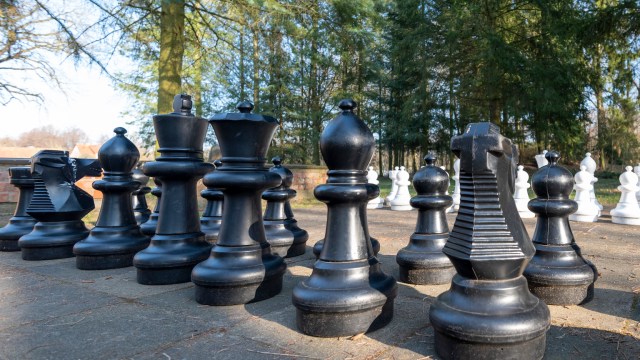What is “Dark Academia,” and why is it trending on social media in 2022?

- According to Instagram, “Dark Academia” has been trending among youngsters.
- Its aesthetic is hugely influenced by Oxbridge and the Ivy League — think gothic hallways, robed uniforms, and classical music.
- Some say Dark Academia is the ultimate student fantasy: an escapism for those who, if they had the money, would stay in school for the rest of their lives.
At the end of last year, Instagram released its first trend report: an extensive study of previous user behavior in order to determine what kind of user might follow which type of trend. Some topics like “racial justice” and “environmental awareness” were expected to show up on the report. Others, like “Dark Academia,” were not.
You would be forgiven if you didn’t know what “Dark Academia” meant. In short, it is the name given to an aesthetic and subculture based on the architecture and clothing styles of some of the world’s most elite colleges, specifically Oxbridge and the Ivy League schools — and perhaps Hogwarts. Think gothic hallways and robed uniforms, candlelit evenings spent marking up classic literature while raindrops platter against a stained glass window.
That is the general idea, but Dark Academia can be interpreted differently by different people. Your school library can be considered Dark Academia, and the same goes for your grandpa’s study. On platforms like TikTok, even more telling examples of Dark Academia are being shared. It’s cursive notes written in Latin on a piece of parchment. It’s cutouts of Greek statues and the covers of Penguin classics, tweed suits, robed uniforms, and sexy librarians. It’s reading Beat poetry while listening to Chopin, preferably on vinyl.
According to Instagram’s trend report, the Dark Academia aesthetic is proving to be exceedingly popular among members of Gen Z, or people born between 1997 and 2012. Until recently, cultural trends were difficult to ascertain. Now, thanks to social media, we can get a clear picture of the different types of users buying into the trend, as well as the possible reasons for them doing so.
A resurgence of intellectualism
One of the main reasons Dark Academia is currently trending is that the style means different things to different people. Some are here mainly for the “Academia” side. They appreciate that the style is getting others excited about the unbridled pursuit of knowledge and contemplation of artistic or academic topics that don’t receive enough attention from mainstream society.
The Dark Academia aesthetic is hugely influenced by Oxbridge and the Ivy League, two renowned academic networks that — through their elitist nature, internal hierarchies, and imposing architecture — created environments in which the otherwise slow, uneventful, and oftentimes unprofitable pursuit of knowledge is closely connected with much more enticing images of wealth and power.

Dark Academia internet subcultures center on adopting and maintaining some important elements of the student lifestyle, including frequent visits to libraries and museums, above average caffeine consumption, and study sessions that often go on till way into the evening — even when you’re not in school and won’t get graded for anything.
For many post-grads, Dark Academia helps treat the nostalgia they feel for their college days, when intellectual exploration came hand-in-hand with lack of responsibilities. Knowing this, it should come as no surprise that the Dark Academia trend really blew up during the start of the coronavirus pandemic, a time in which students across the world were forced to take classes from home, losing the cherished sociocultural aspects of their education.
The dark side of Dark Academia
Others gravitate toward the “Dark” side of Dark Academia. These people are very much concerned with the pursuit of knowledge as well, but — writes Adiba Jaigirdar in Book Riot — only insofar as it relates to the “exploration of death and morbidity.” They subscribe to a dramatic but quite possibly accurate axiom about education: that he who increases knowledge also increases sorrow.
This somber, at times sinister, character of Dark Academia is reflected back in the gothic design of many prestigious colleges in North America and Europe. The appearance of these institutions, more castles than campuses, harken back to a point in time when science still resided in the shadow of religion and inspired similar levels of devotion among its followers.
The imposing appearance of these schools helped present higher education as an important, serious, and noble enterprise. What’s more, by disguising their buildings as churches and cathedrals, schools framed the knowledge stored inside their walls as a forbidden fruit, the consumption of which has become a religion unto itself. Indeed, something about the aesthetic is almost blasphemous.
Moody architecture and philosophical pessimism are such important aspects of Dark Academia that the online subculture eventually spawned its own sub-subculture, called Light Academia. If Dark Academia is a lamentation of death, Light Academia is a celebration of life. Its attitudes toward learning are more positive; the pursuit of knowledge, instead of causing us grief, can be used to make the world a better, happier place.
Escapism for the elite?
Despite its ongoing popularity on social media, Dark Academia has also drawn its share of criticism. Aside from promoting unhealthy lifestyles where caffeine-fueled study sessions take prevalence over sleep, Dark Academia has been accused of being Eurocentric, seeing that the style is built around European universities with predominantly Western curricula.
Go on TikTok, and you will find that most Dark Academia content creators prefer to discuss Oscar Wilde and Emily Dickinson over Toni Morrison or James Baldwin, even though the latter two authors were just as insightful as the former. Talking with magazines, more than one social media influencer said they received DMs from others asking if they will fit into the subculture if they aren’t white or wealthy.
Finally, we are able to understand what may well be Dark Academia’s single biggest appeal: allowing people from various backgrounds to feel as though they have been granted access to a world that, in any other circumstance, would be all but inaccessible. But interestingly enough, Dark Academia serves a similar purpose for people who actually attended university as well. According to an article published in Jacobin, Dark Academia is essentially a romanticized version of academia that highlights problems with real-world institutions. The aesthetic’s subliminal promise, “deep study, unfettered by time pressure,” is a response to the actual college experience, where mounting debt encourages students to move through the most exciting and carefree phase of their lives as quickly as possible.
In a way, Dark Academia is escapism for those who, if they had the money, would stay in school for the rest of their lives.





